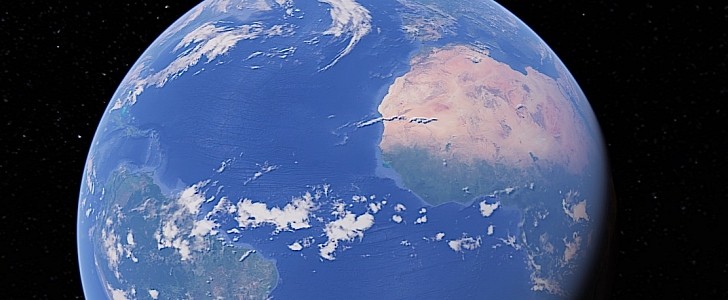Life here on Earth is (still) complex enough that it takes very complicated research procedures and modeling to measure the impact we humans have on ecosystems accurately. Yet people are trying, and almost always, the results are worrying, to say the least. Or, in the case of the research we’re here to talk about now, disastrous.
In mid-April, a large team of scientists from some of the biggest universities in the world, including Cambridge in the UK, Gothenburg in Sweden and Mexico, published a paper on Frontiers with the title “Where Might We Find Ecologically Intact Communities?”
And the group behind the paper, counting some 15 scientists, gives a very lengthy, academic-style answer that can be literally summed up in just two words: almost nowhere.
Calling the effort the “first assessment of faunal intactness for the global terrestrial land surface,” the group found that “no more than 2.9% of the land surface can be considered to be faunally intact.”
That means that there are just a few small areas left from where species have not been “extirpated” or reduced in density by human activity.
What’s worse, the group seems to hint, is that of this small portion of unspoiled land, only 11 percent is presently included in existing protected areas around the world, meaning that soon they could feel the full wrath of human existence if steps are not taken.
According to the authors, the study took into account three datasets pertaining to habitat, faunal and functional intactness. The team focused on changes “that have occurred since the year 1500 AD, because this is the baseline date for assessing species extinctions within the IUCN Red List of Threatened species.”
Unlike some of the other things we’ve done to this planet, what the team found has the potential for reversal, provided action is taken fast and in specific areas.
The best places to achieve a rebound of the ecosystems by reintroducing species have been identified as eastern Russia, northern Canada and Alaska, the Amazon Basin, the Sahara, and the Congo Basin.
You can read the entire study on the matter at this link.
And the group behind the paper, counting some 15 scientists, gives a very lengthy, academic-style answer that can be literally summed up in just two words: almost nowhere.
Calling the effort the “first assessment of faunal intactness for the global terrestrial land surface,” the group found that “no more than 2.9% of the land surface can be considered to be faunally intact.”
That means that there are just a few small areas left from where species have not been “extirpated” or reduced in density by human activity.
What’s worse, the group seems to hint, is that of this small portion of unspoiled land, only 11 percent is presently included in existing protected areas around the world, meaning that soon they could feel the full wrath of human existence if steps are not taken.
According to the authors, the study took into account three datasets pertaining to habitat, faunal and functional intactness. The team focused on changes “that have occurred since the year 1500 AD, because this is the baseline date for assessing species extinctions within the IUCN Red List of Threatened species.”
Unlike some of the other things we’ve done to this planet, what the team found has the potential for reversal, provided action is taken fast and in specific areas.
The best places to achieve a rebound of the ecosystems by reintroducing species have been identified as eastern Russia, northern Canada and Alaska, the Amazon Basin, the Sahara, and the Congo Basin.
You can read the entire study on the matter at this link.

